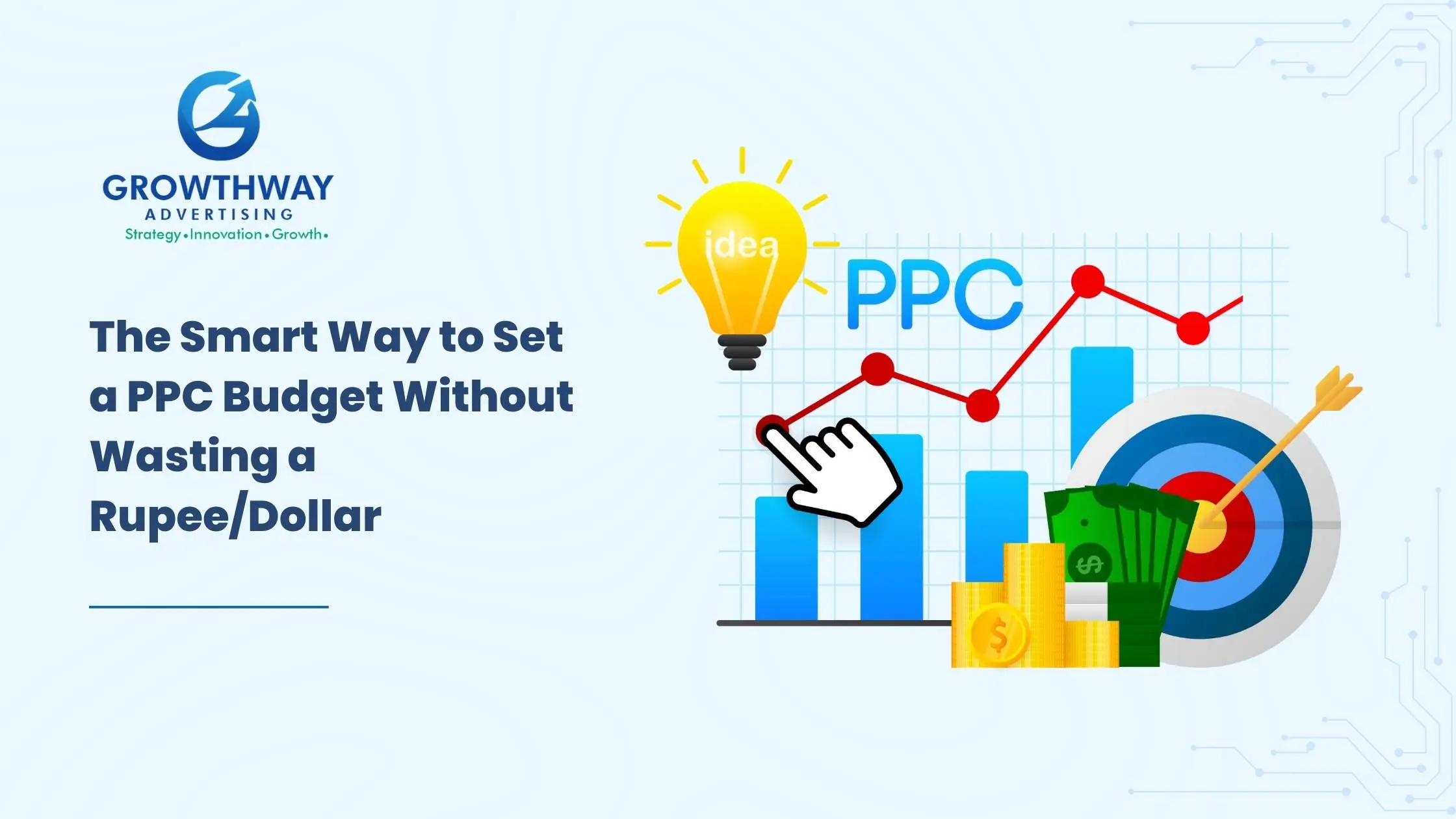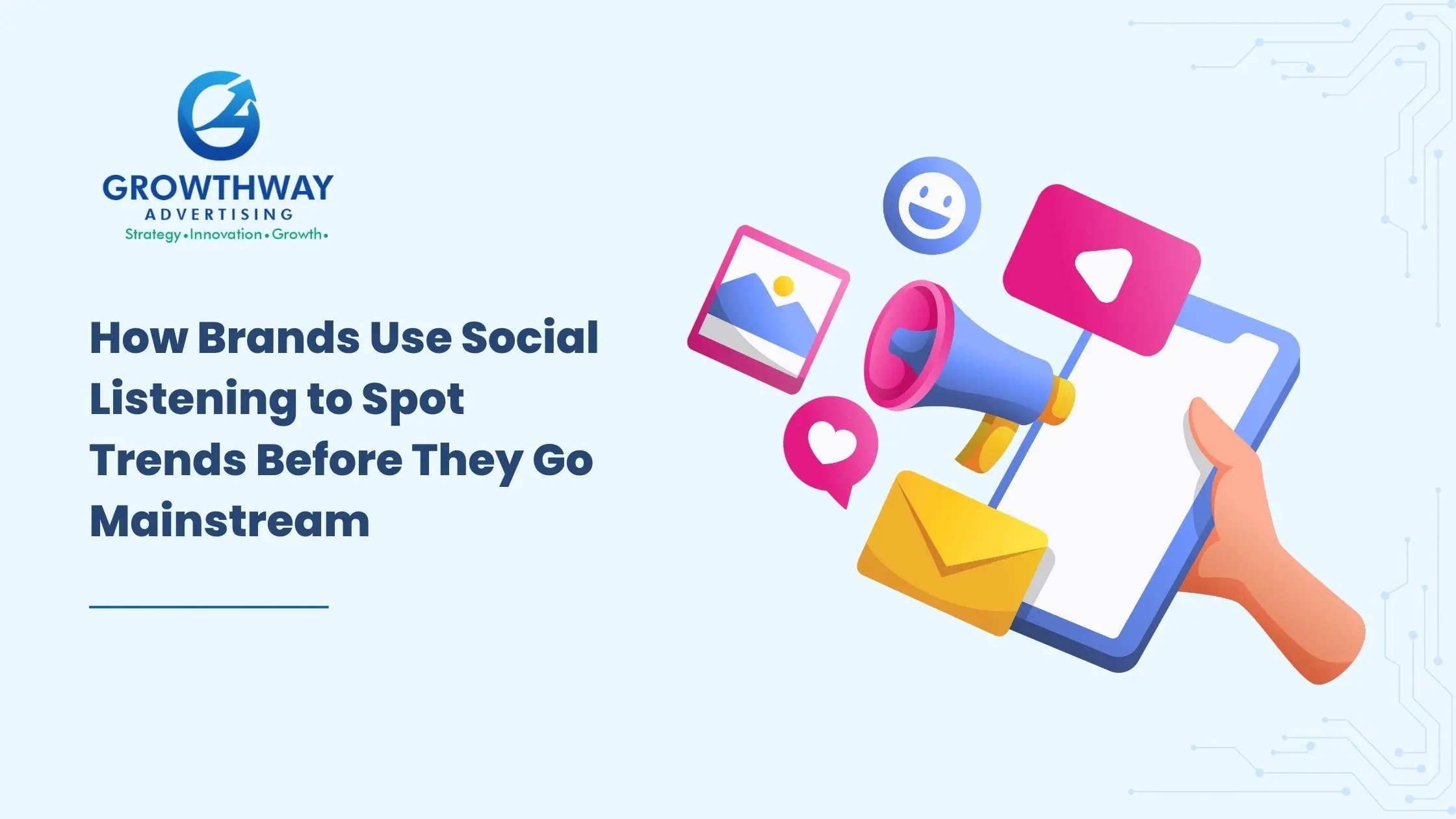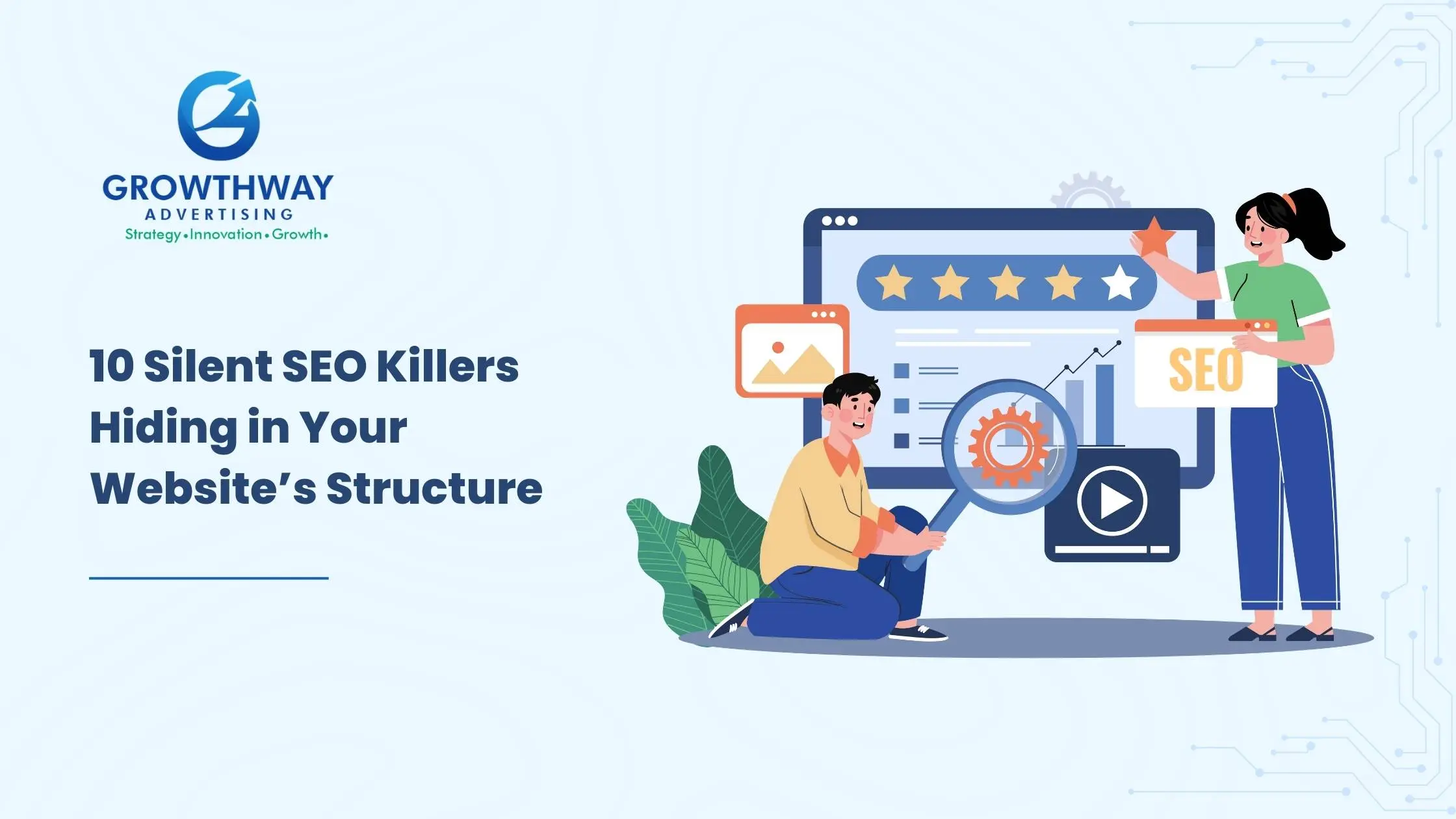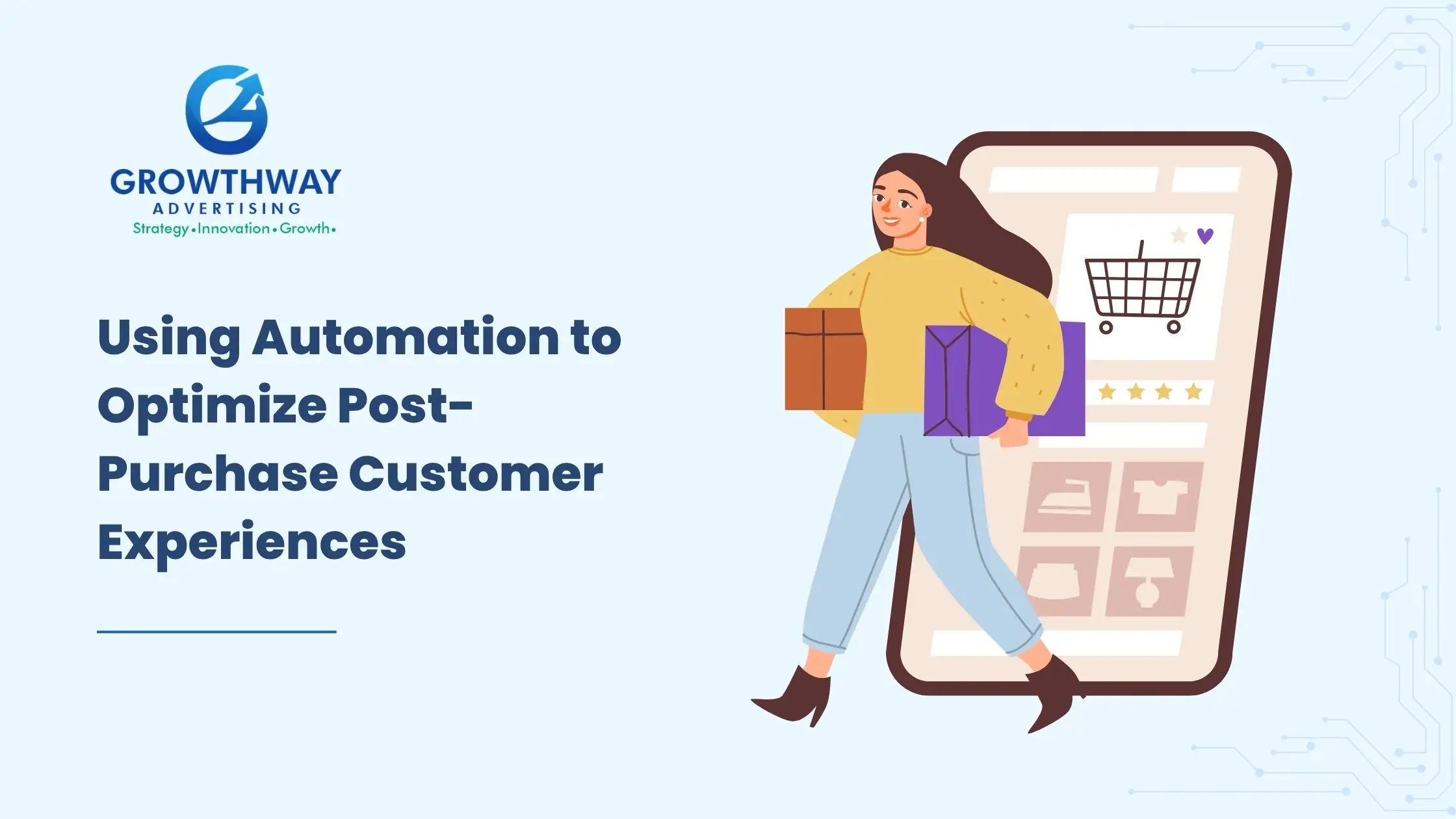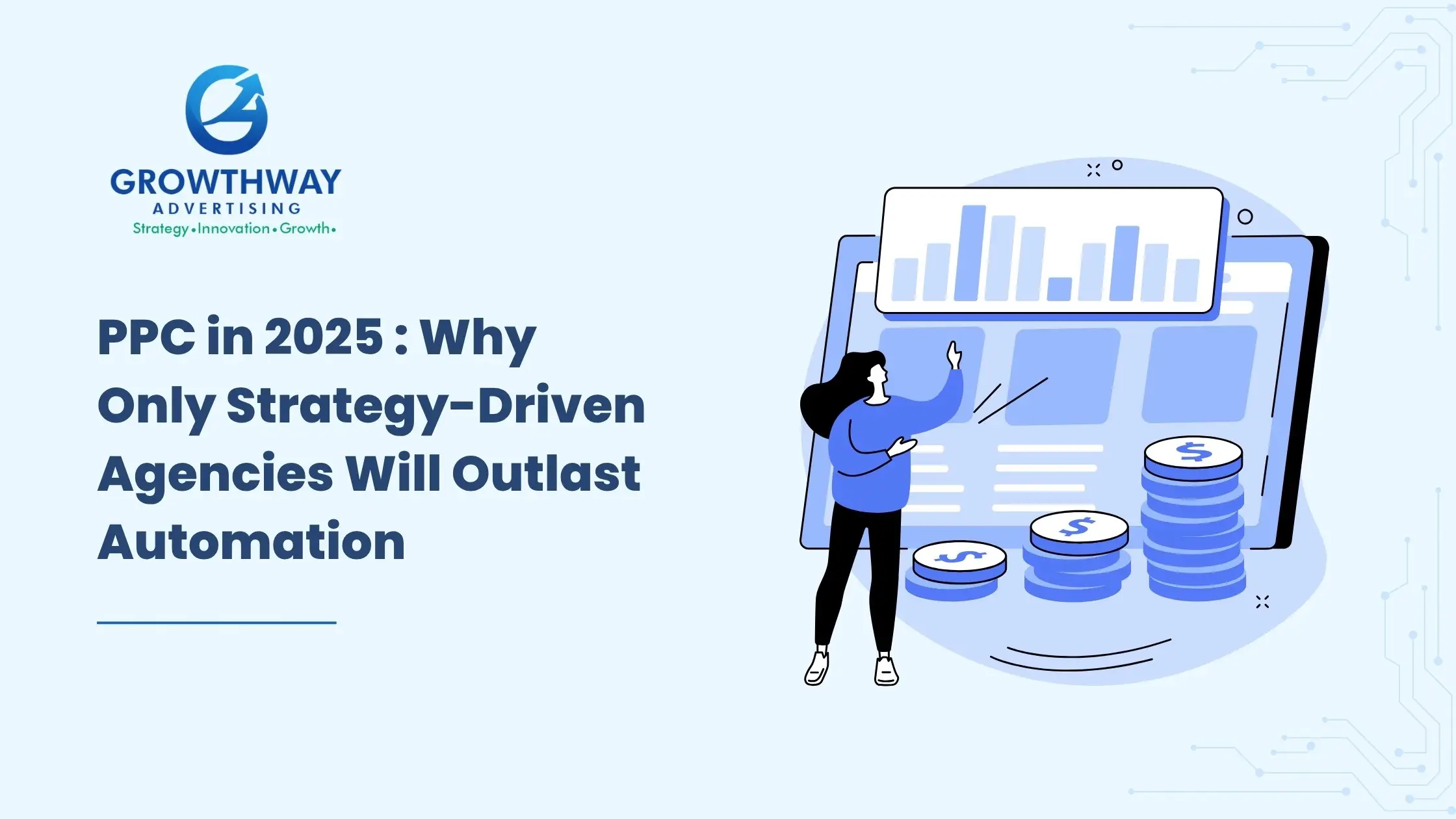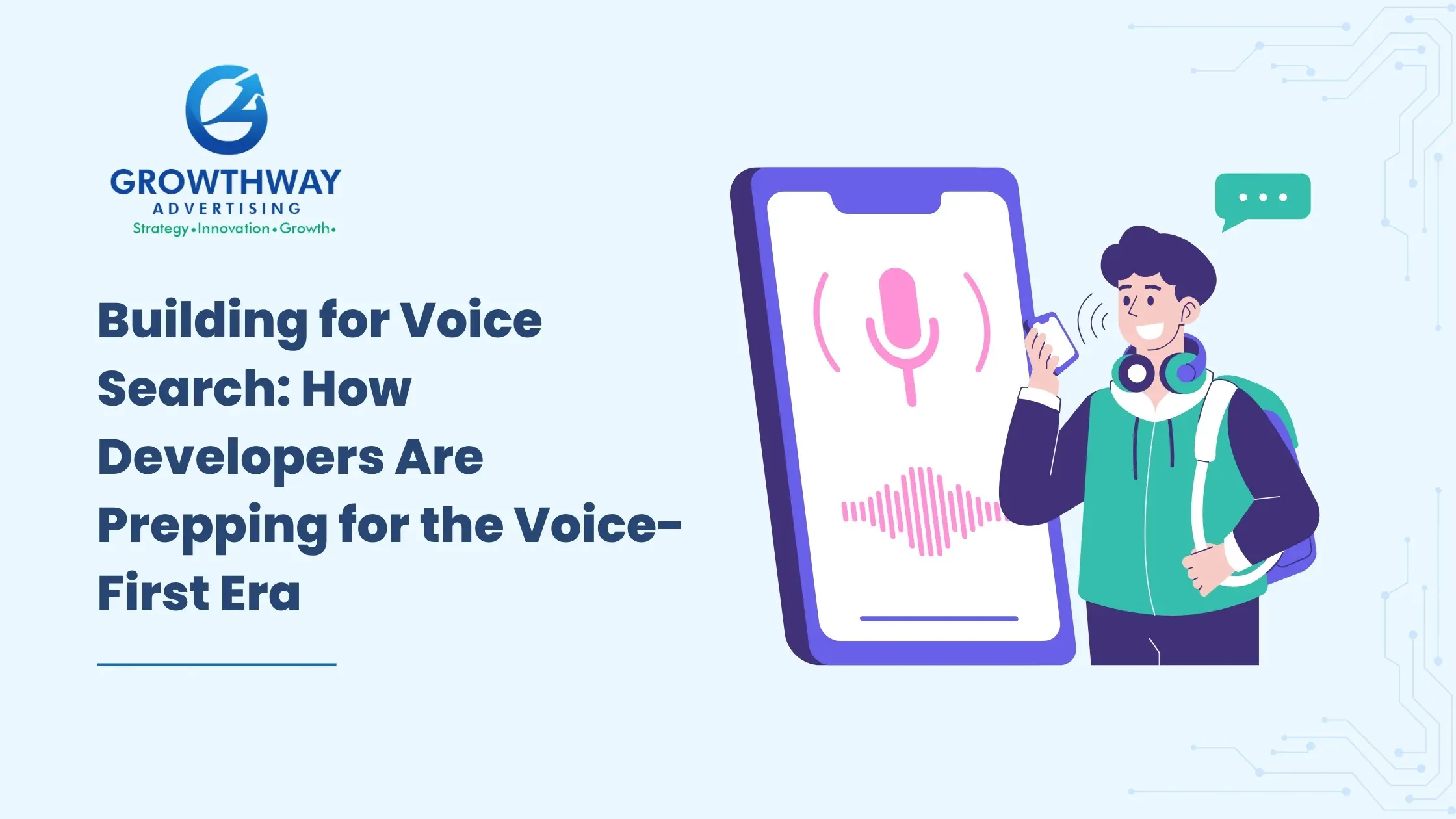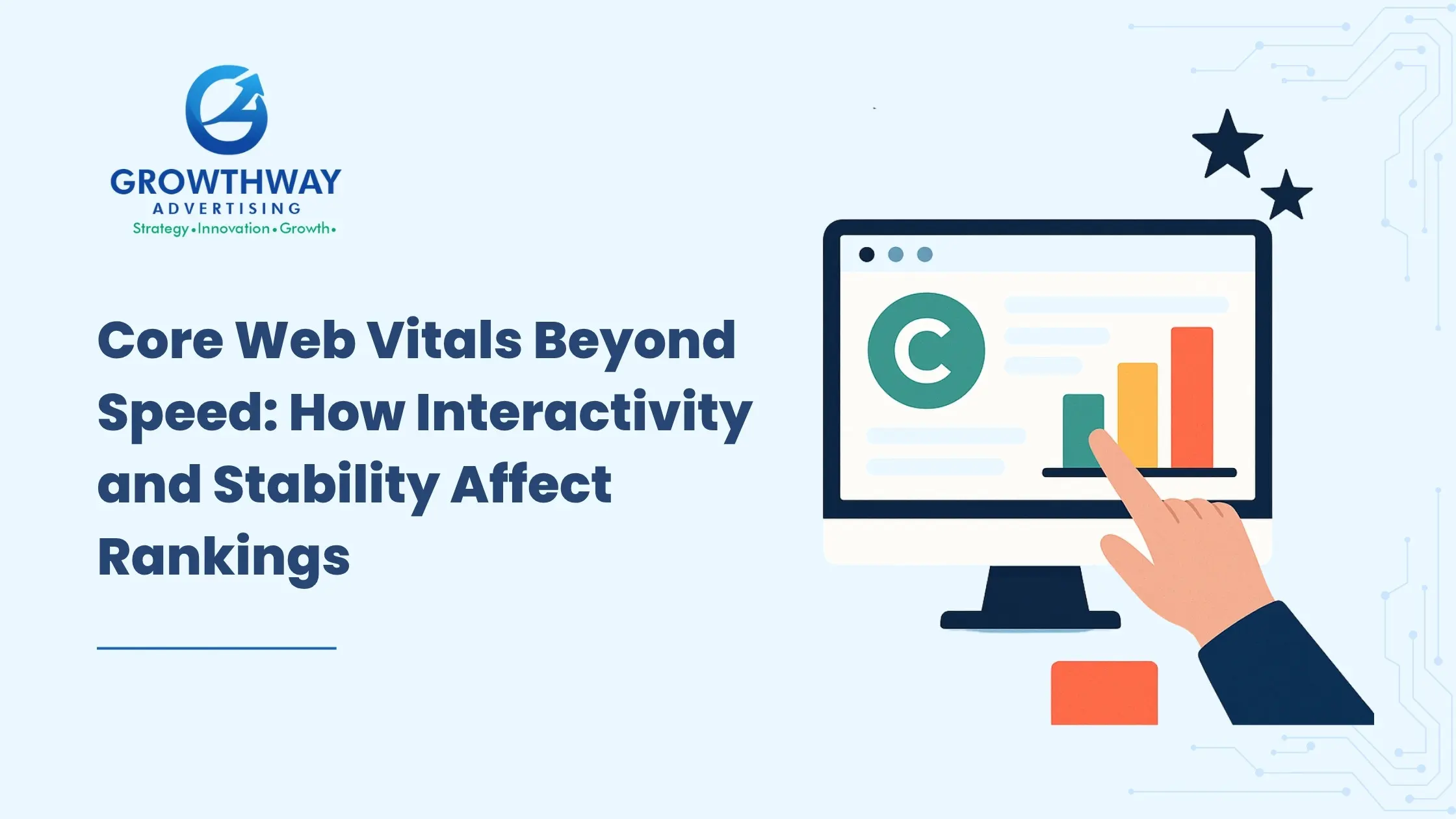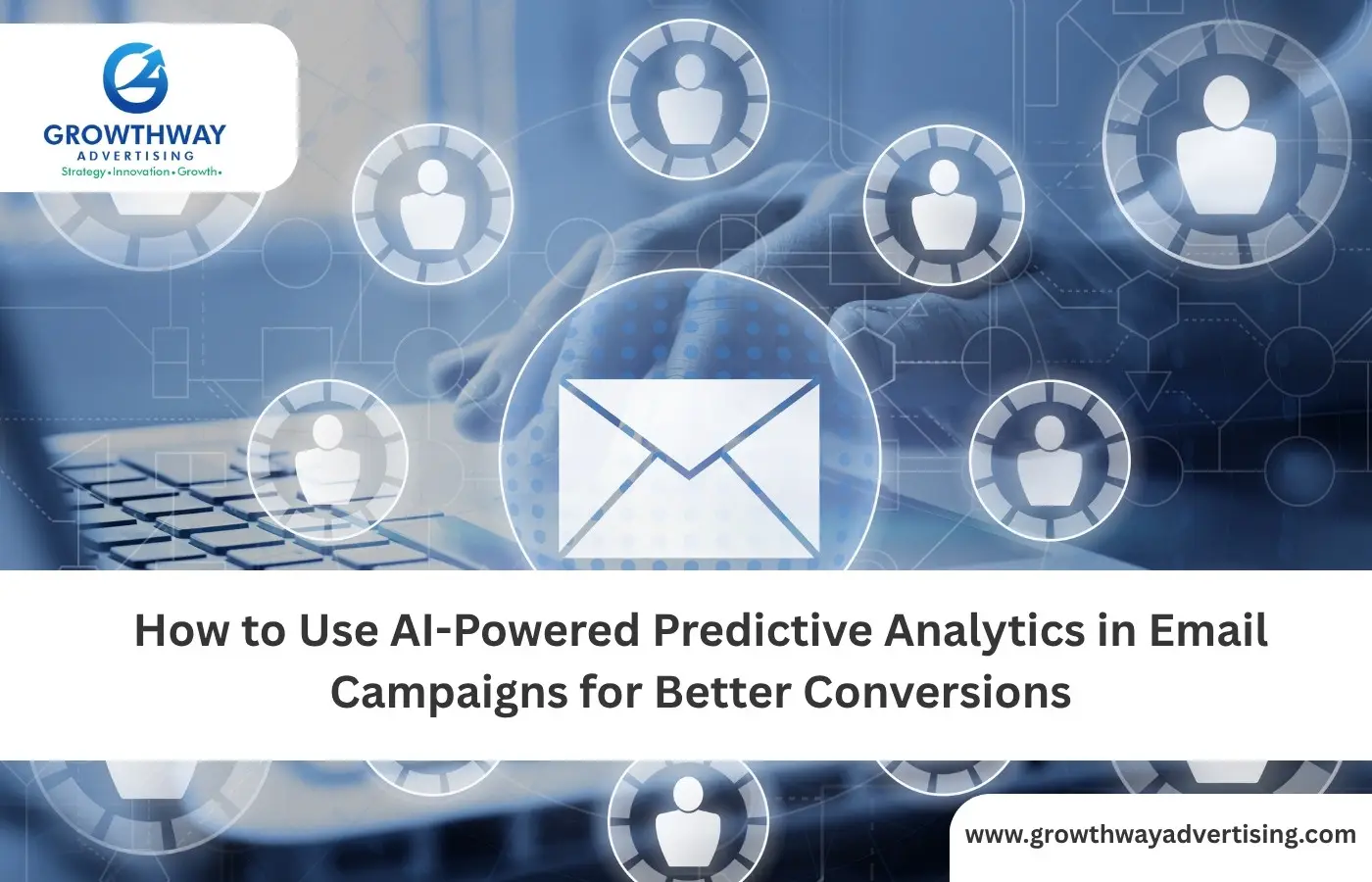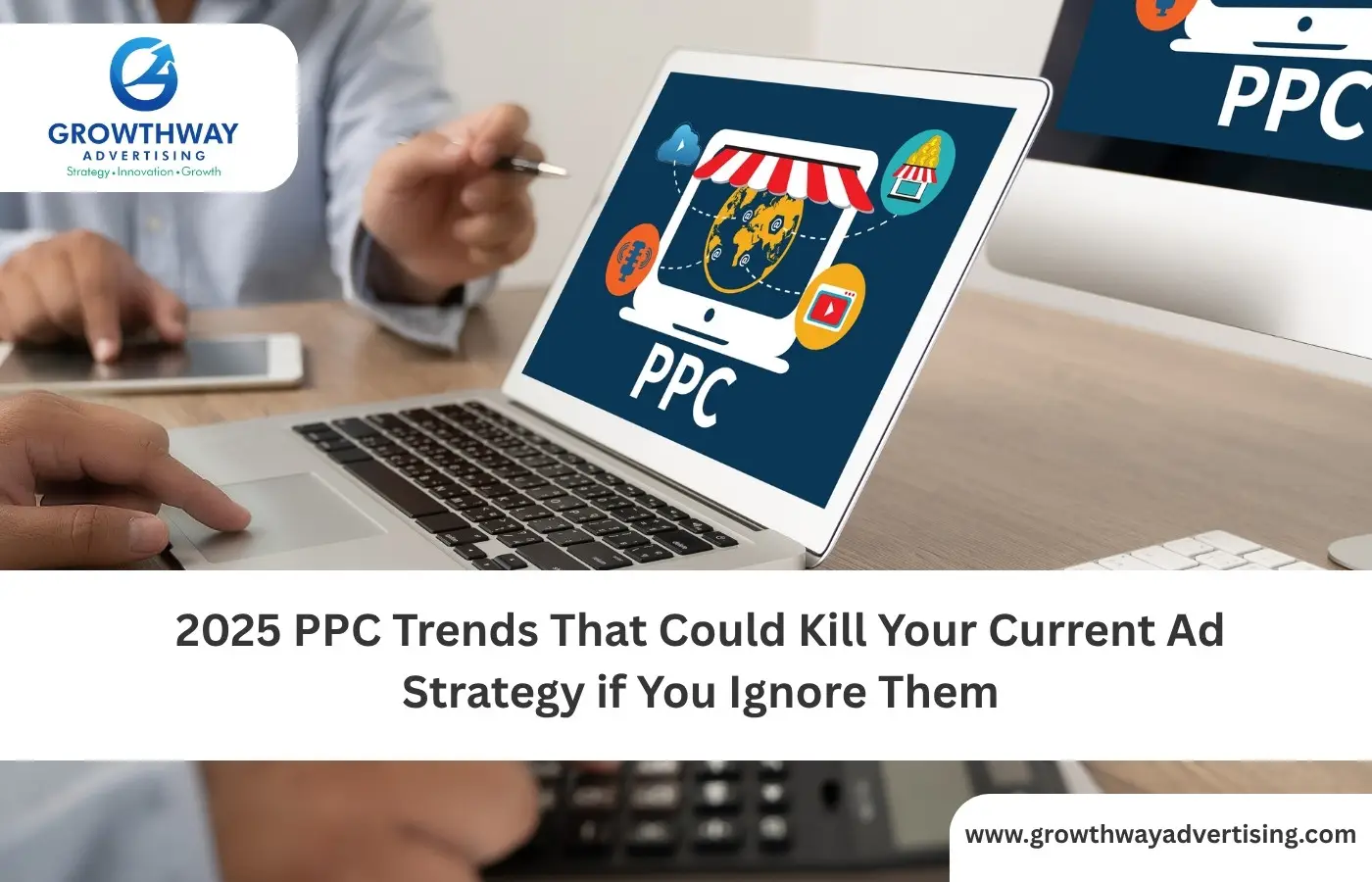Let’s be honest, anyone can slap a shocking headline on a post and call it “viral.” That is a temporary strategy though. Marketing virality is sharing something that is so relevant, that people want to carry it. It has to do with understanding your audience so completely that with your words, it seems almost like they are addressing the subject to them, and more importantly, not in that baiting and switching manner.
Whether you are developing your first campaign or your approach to your craft needs to be refreshed, this guide walks you through the planning and creative procedures required to create campaigns that are noticed, shared and recalled with the integrity of your brand intact.
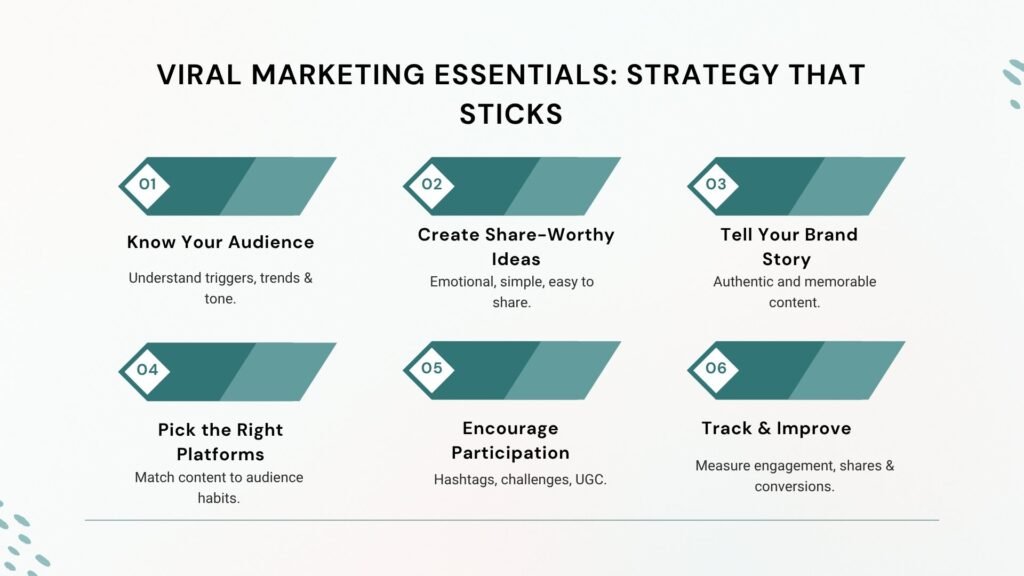
Step 1: Start With Audience Insights
Any viral campaign begins by knowing who you are actually communicating to. You have to look deeper than simple demographics and find out what emotional triggers, cultural allusions and web behavior your audience follows.
Pull data from platform analytics, survey responses, and social listening tools to learn:
- What topics make your audience react instantly.
- Which social media trends they actively participate in.
- The type of humor, tone, or emotion they connect with.
Once you have really strong audience insights, you can put together content that seems like it was made specifically to their liking because it really is.
Step 2: Build Around a Share-Worthy Idea
The best viral content starts with a central idea that’s:
- Emotionally charged (humor, awe, empathy, surprise)
- Simple to grasp in seconds
- Easy to share or replicate
What you are proposing must be something that could fit in 15 seconds of a Tik Tok or an Instagram Story or a tweet that still works without paragraph explanation.
Step 3: Layer in Brand Storytelling
It is not that people share an advertisement, they share stories. Whether it’s a behind-the-scenes look at how your product is made, a customer’s journey, or a fictional narrative that makes your point, brand storytelling is what makes your content more than just noise.
Consider that all the content of the campaign has a thread that is your brand story. In such a way, whether it is one meme or 2-minute video, it still supports your identity and values.
Step 4: Pick the Right Platforms and Formats
This concept is good, but it is also important to create an impression with it. What works as a very successful campaign on Instagram Reels may fail on LinkedIn.
- For visual hooks and short clips, lean into Instagram advertising, TikTok, and YouTube Shorts.
- For discussion-driven virality, Twitter (X) and Reddit can carry your message faster than traditional social media ads.
- If you’re targeting professionals, consider LinkedIn’s sponsored video or carousel posts.
Choose a form of campaign that fits where your target puts time.
Step 5: Plan a Content Calendar for Momentum
It takes more than one post in order to make a campaign go viral. You will require a release strategy that builds up, delivers the core hook and then reinforces the content.
A strong content calendar for virality includes:
- Teaser posts to spark curiosity
- Main event content drop (your core video, image, or activation)
- Amplifier posts (behind-the-scenes clips, audience reactions, UGC shares)
- Follow-up stories to keep the conversation alive
This framework can also assist your team to manage the social media by ensuring that the details posted are aligned without missing the flow of the story.
Step 6: Tap Into Influencer Marketing
Viral campaigns often get their initial spark from the right people sharing them. Partner with influencers who:
- Already create content in your niche
- Have high user engagement rates (not just large follower counts)
- Can authentically integrate your brand into their style
Micro-influencers might even cause even more authentic virality than the mega ones as their recommendations are not transactional but personal.
Step 7: Encourage Participation with UGC
When the people are able to take your campaign and come up with their own version of it, you are a goldminer. Among others, hashtag challenges, duet-friendly TikToks, meme templates, and remixable Reels will facilitate a turnkey experience when it comes to your fans getting in on the action.
UGC is not mere free ad it is making your audience feel as a co-creator. That’s the difference between a campaign people watch and one they live inside.
Step 8: Boost Organically Before Paying
Most brands are so eager to advertise in social media that they come in with huge budgets, yet the cleverest viral campaigns demonstrated that they can attract organic traction first. When you have a piece of content that you have tested and have found that people are interested in it then invest some money on it.
Once you begin to run social media ads, you may want to test different versions as well as cheeky angles to see what spins up the best. Monitor campaign measurement such as shares, saves, as well as clicks, and not simply impressions.
Step 9: Track the Right Campaign Metrics
Measuring virality goes beyond views. The metrics that matter most include:
- User engagement (likes, shares, comments, saves)
- Share rate (percentage of viewers who shared)
- Audience growth (new followers/subscribers gained)
- Traffic to your landing page
- Conversion actions tied to the campaign
Tracking these KPIs gives your social media marketing agency or in-house team the insight to replicate success and avoid wasting spend on content that’s just “popular” without delivering results.
Step 10: Avoid the Clickbait Trap
Clickbait may get you a traffic bump, but it kills long term trust. When promises made in your headline are not kept in the article your audience will not repost the article. People will be scared off by them.
The antidote is transparency: make sure your hooks are intriguing and accurately reflect the content. The type of marketing win that does go compound is a viral headline that resonates with the viewer/experience.
Step 11: What Most Campaign Guides Don’t Tell You
And many viral campaign playbooks end here but here are the steps that are usually skipped that can make or break your efforts.
1. Budget Transparency
Viral doesn’t always mean free. Even organic-first campaigns need resources for content creation, influencer partnerships, and possible social media services like ad optimization or post boosting.
2. Risk and Compliance
When your material refers to a hot subject, make sure it is within copyright, trademark or site policy. There is a limit even to memes.
3. Long-Term Impact
A viral campaign that can not be related to what you are really trying to achieve is a short term victory. Measure brand lift after a campaign, engagement and customer retention.
4. Cultural Sensitivity
What works in one market may flop in the other. Always review your campaign for potential misinterpretations.
5. Emerging Tech Opportunities
Not many brands use AR filters or VR experiences in viral campaigns or AI-based personalization, but the latter can make the difference.
Step 12: Keep Testing and Iterating
Viral content is half art and half science. The best thing to do is try various creative ideas, types of ad, time of delivery, your instincts will get better and better the more you do it. Now, when you notice next time that social media is going through a trend, you will have your model already in your pocket so that you can get on it quickly without scrambling to put something together.
Step 13: Connect It Back to Your Business
Last but not least, do not forget that virality should be used as the customer of your wider plan. But a viral-win of an e-commerce brand, a local business or an agency managing a client account on social media, is only really worth anything when it drives customer acquisition, loyalty, or brand equity.
That is where the match of your social media marketing services, social media management and paid promotion will come in. When every part unit of organic posting, influencer marketing, Instagram advertising and targeted social media ad campaigns is directed to the same end game, you produce campaigns that not only proliferate, but stick.
FAQ’s
Focus on delivering genuine value or entertainment that matches the promise in your headline. Use strong brand storytelling and relatable hooks instead of exaggerated claims.
It depends on your audience and content type. TikTok and Instagram Reels are strong for short-form video, while Twitter (X) and Reddit work well for conversation-driven virality.
Not always. Organic-first campaigns can work, but having funds for social media advertising or influencer collaborations can help amplify reach once you see organic traction.
Influencers can give your campaign its first wave of visibility, especially when they have high user engagement and genuine alignment with your brand.
A viral campaign spreads through organic shares and conversation, while a successful social media ad might rely mainly on paid reach but still drive strong results.
Trends give you a cultural entry point, but you need to adapt them to fit your brand. Chasing trends without brand relevance feels forced.



